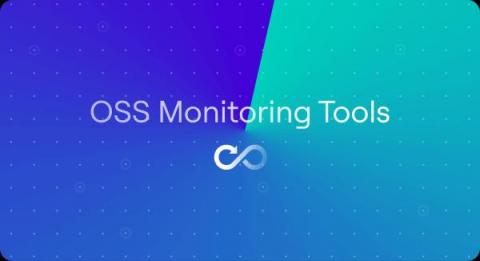Webhook vs. API: Differences, Uses, and Benefits
The extent to which most business software applications rely on application programming interfaces (APIs) and webhooks is hard to overstate. They’re in play when getting the latest stock updates or determining how much a competitor charges for similar products. How different are they from one another, and when should you choose one over the other?.



